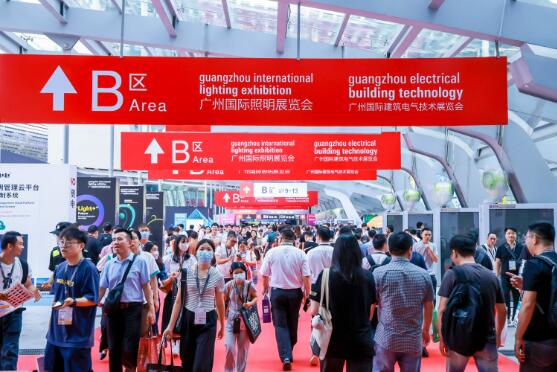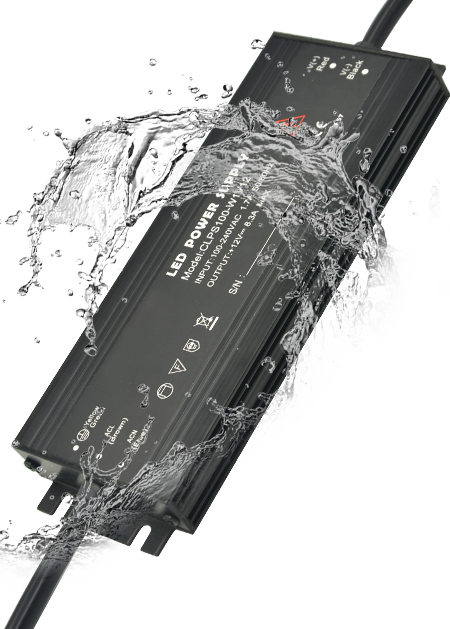To recap, LED drivers convert higher voltage, rotating current to low voltage, and direct current. They also maintain the voltage and existing moving with an LED circuit at its rated level.
They are often used in small, handheld solar-powered devices. They are usually the driving source for the power supply used by battery-powered flashlight flashlights. They are often used in high-power LED drivers for larger LED driving lights.
A typical output voltage and current
The light output per power unit is usually over 100 lumens per watt. For example, an LED driver may operate at 45V, 2A, 250mA, or 12V, 16A, and 48A.
The measured efficiency usually is 95%, but some are much more efficient. Many variables affect efficiency, yet the power variable typically is ~ 3%. Therefore, an LED driver is usually intended to replace a high-power LED.
A typical driver operates at 30V, 4A, 200mA, or 60V, 8A, 100mA.
Efficiency
The measured efficiency is 85%, but some are much more efficient. Many variables affect the real efficiency, but the power factor typically is ~10%. Therefore, an LED driver is usually intended to replace a high-power LED.
Some drivers above are rated for battery or solar cell operation. For some, such as the 16A and 48A drivers, the battery or solar cell may operate with a variable voltage. These drivers will have a connector directing electricity from the charger to the LED driver or the power supply when there is no battery or solar cell.
Some drivers above are not designed to be portable. They may only be powered by a wall socket or a separate main power supply. Most drivers are powered directly from the charger, the 12V rail, or both, depending on the drivers.
Applications
They are usually used when a large current must be applied to many LEDs, such as outdoor security lights, which require the LEDs to operate for several hours under sustained high currents. However, they are also used in other applications.
The current flowing through a low-power LED driver is usually in the order of several amps. They are typically designed to deliver 20A per hour but can provide more. The maximum current flow is over 100A for up to 50W of driving LEDs.
The efficiency is usually very high, in the high 80% range. If one driver is used as a reference, it can be calculated that the total current flowing is almost 100A. It can seem that a driver would require many drivers in the circuit. Using one driver to supply the entire course with the current is not a practical option. This limits the maximum current ratings of all LED drivers.
A significant innovation for the LED light world is the high-power LED driver, with an output of 60A per LED, and rated for operations with 15A or 25A loads without needing separate power supplies. High-power drivers are ideal for large applications when a driver with a variable power supply is used. These drivers can be powered by a solar cell, a 12V rail, or a 20A power supply. They are available with many driver configurations. These usually are driven with a maximum of 50W of driving LEDs.
Driver Specifications
The following specification should be considered as the essential specification of a driver. These are an excellent guide to believe, but they can be changed if required. These include the driver’s maximum power rating, rated for LED operation, recommended driving times and driving currents. A driver with a higher power rating means a greater LED output over a given driving current range. A driver rated for 50W can supply approximately 600W of current or about 50W per LED. So, a driver with a 50W power rating can supply up to 20 light LEDs.
* Maximum Power – should be sufficient for the application, with a minimum of 1.2 amps per LED or 6.5W per LED per minute, operating at temperatures between 50C and 95C.
* Power Rating – The maximum wattage rating, based on the maximum power rating, is generally required for safety and comparison.
* Rated Driving Time – The rated driving time at the rated temperature range and driving current (15A max over 2A rails)
* Number of LEDs – can change the number of LEDs without the driver being unsuitable to a few LEDs. The number of LEDs should be reduced in applications where a significant portion of the current is used to drive a heat sink to 20W or less or to drive low-power LED arrays such as a single red LED.
* Drive Arcs – can change drive belts, and the driver rated to supply up to 60W of current can be used to supply 4 LEDs with 60 or 6 red LEDs.
Can be purchased Driver, and LED ratings online from the manufacturer. Based on our experience, technicians and experts in the field, such as lighting designers or other product specialists.






